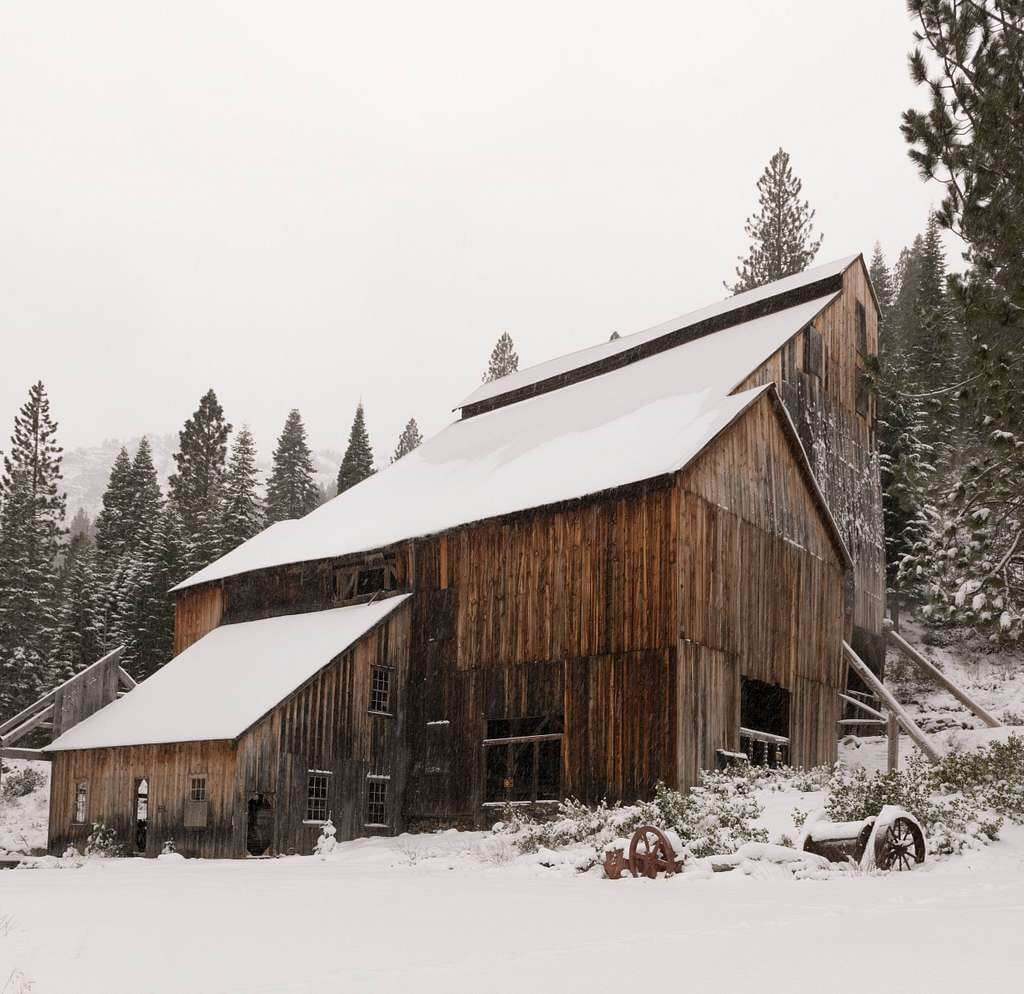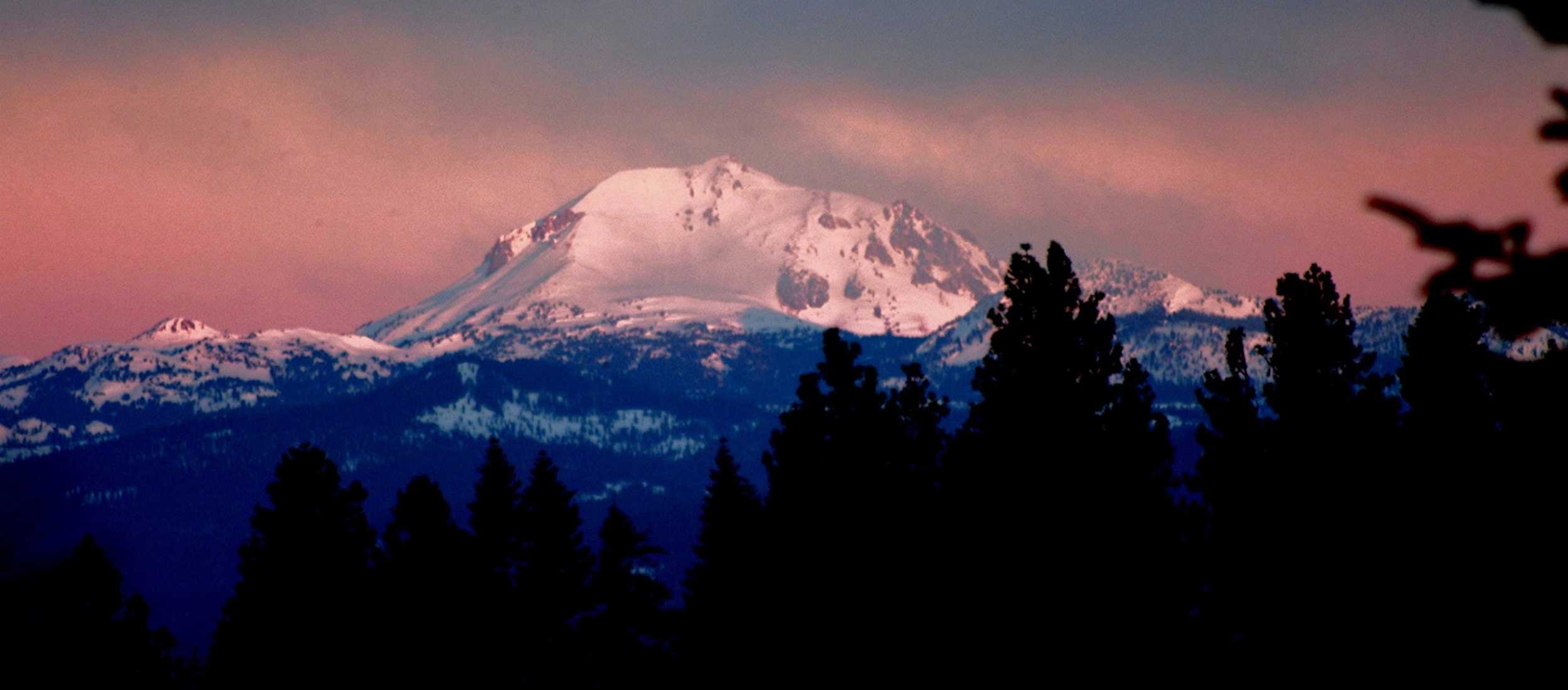Top Attractions in Plumas County
Lassen Volcanic National Park
- Lassen Park is the only United States National Park where all four types of volcanoes are found: cinder cones, composite volcanoes, shield volcanoes, and lava domes.
- May 19, 1915 was the first eruption at Lassen Peak gushing lava while hikers were in the area. Subsequent eruptions lasted for days.
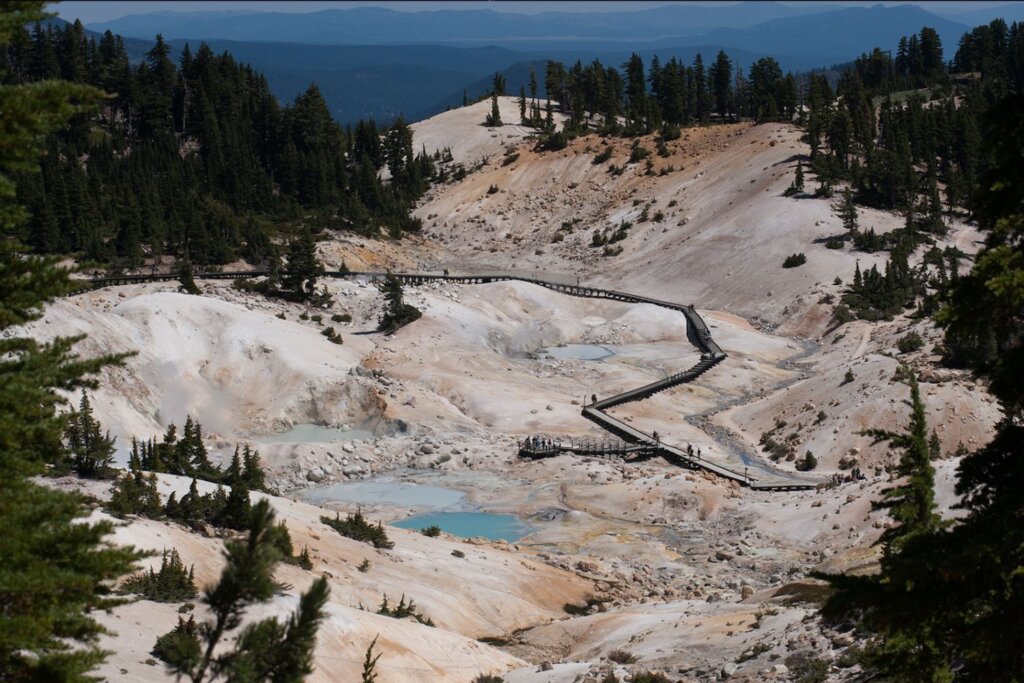
- August 9, 1916: President Wilson signed the John Raker bill establishing Lassen Volcanic as the 17th national park.
- It has the largest geo-thermal area west of Yellowstone in Bumpass Hell.
- Two pioneer trails, developed by William Nobles and Peter Lassen (namesake), are still visible today.
- This area was a meeting point for the Maidu, Yahi, Yana, and Atsugewi Native American tribes..
- Lassen Park is home to the largest plug dome in the United States (a plug dome is when lava spews but is too stiff to flow and dries making a mound).
- The park has the highest paved road in the Cascade Mountain Range.
- Boiling Springs Lake is another large geothermal feature in Lassen Park and one of the largest hot lakes in the world.
- First thing to notice, is the sulfur smell…kids call them “stink pots,” followed by the turquoise, green/brown water.
- The lake is more of a pond but the difference is that it is about 125 degrees Fahrenheit and steam rises from the surface.
- Edges can be soft so watch your footing, and limit your visit as sulfur can send you reeling.
- Two other geothermal areas are Sulfur Works and Terminal Geyser.
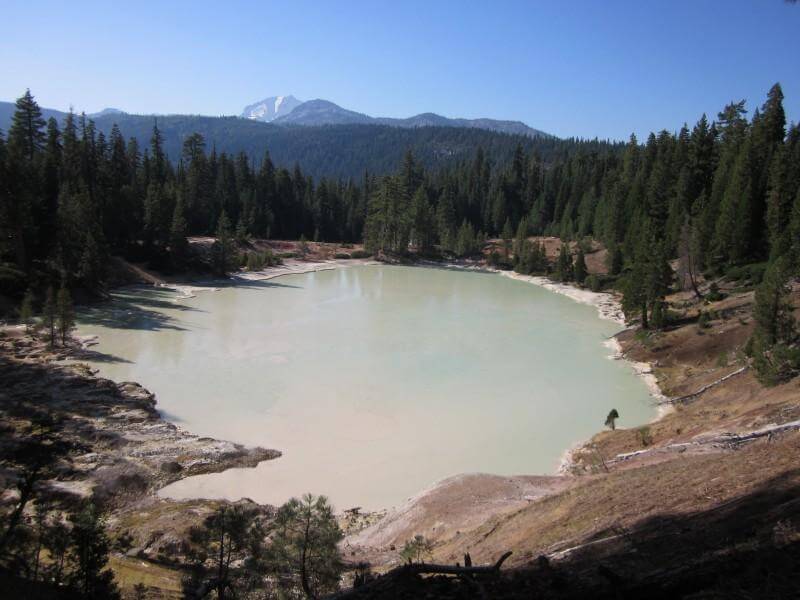
Frazier Falls
- Frazier Falls, also known as Frazier Creek Falls, is 176 ft. in height or 248 ft. in total if you include the cascading sections.
- It was through glacial action of depressing the land then receding as the climate warmed to reveal hanging canyons and valleys that allowed for granite waterfalls like this to exist.
- This action created Gold Lake, which ultimately sourced Frazier Creek some six miles further upstream.
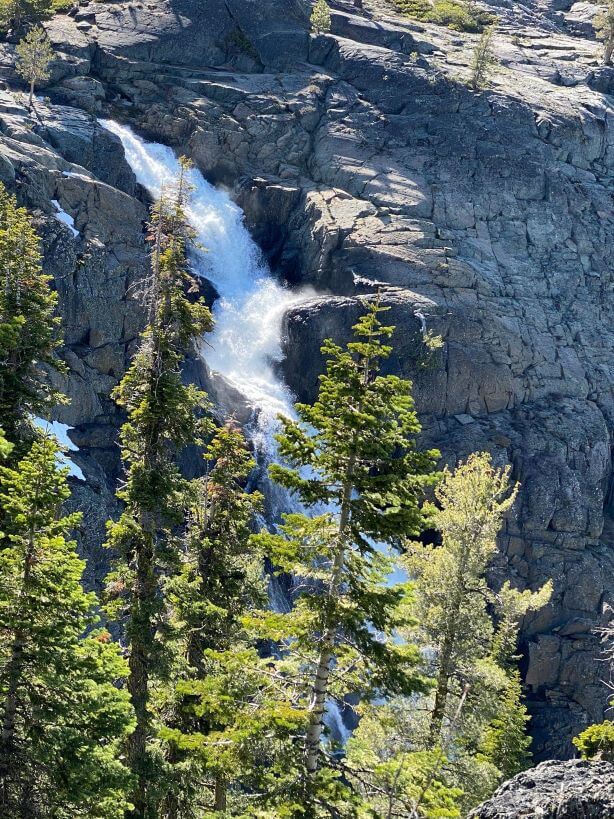
Lake Almanor
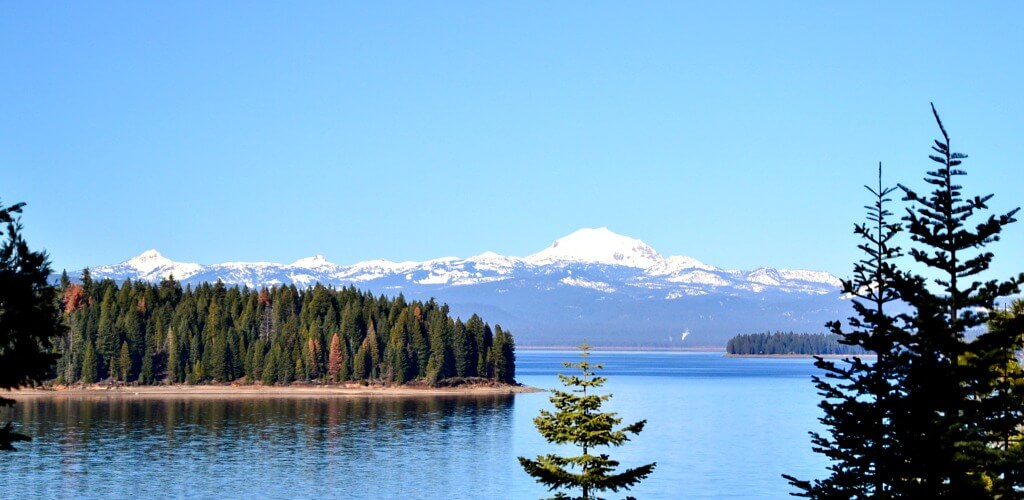
- Lake Almanor was initially called Big Meadows, where the Northern Maidu tribe lived before it became a lake.
- A hydro-electric power plant was built in the 1890s when the 180-foot tall Big Meadows Dam was built.
- The dam was completed in 1914, and Big Meadows became a lake called Lake Almanor, named after the three daughters of early settler Guy C. Earl: ‘Alice,’ ‘Martha,’ and ‘Elinor,’ thus Al-ma-nor.
- Lake Almanor is the largest reservoir in Northwest Plumas County, California. It boasts 52 miles of shoreline and a maximum depth of about 90 feet.
- Lake Almanor offers some of Northern California’s best fishing, with popular hex-hatch fishing a must.
- Water sports action abound on the lake, including water skiing, jet skiing, wakeboarding, and the newer E-Foil boarding.
- If bird watching is your pleasure, kayak or canoe along the shores for sightings of cranes, geese, Yellow Warblers, tundra geese, and local grebes. Looking up, see osprey nesting in trees, bald eagles, and red hawks soaring.
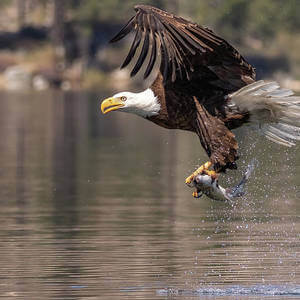
Plumas National Forest
- The Plumas National Forest in the Sierra Nevada mountains runs an impressive 400 miles north to south. The scenery is majestic, with many routes for drivers, cyclists, and joggers.
- The forests, especially at Little Grass Valley, offer a range of activities—scenic walks and hikes, boating, swimming, and RV stops. The forest is large, with many mountaintop lookouts. There are spaces for solitude, looking at wildflowers and small wildlife.
- Plumas National Forest is home to Bucks Lake Wilderness, Butterfly Botanical Area, Back Country Discovery Trail, and winter snowmobile trails.
Western Pacific Railroad Museum – Welcome Aboard!
- 100 pieces of historic railroad rolling stock await visitors.
- It’s a hands-on visit—climb aboard and experience the collection.
- Sit in the engineer’s seat behind the controls of the mighty UP 6946, the largest diesel locomotive ever built.
- Tour vintage passenger cars and see the luxury of rail travel before the days of Amtrak.
- The Western Pacific Railroad Museum is very much a “working rail facility.”
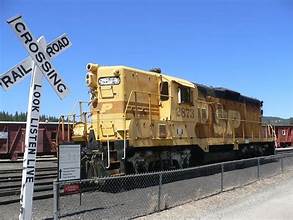
Lassen National Forest – where Granite Meets Volcanic
- The Lassen National Forest lies at the heart of one of California’s most fascinating areas, the Crossroads. Here, the Sierra Nevada granite, the Cascades and the Modoc Plateau lava, and the sagebrush of the Great Basin meet and blend.
- It covers 1.2 million acres or 1,875 square miles and is located in seven counties: Lassen, Shasta, Tehama, Butte, Plumas, Siskiyou, and Modoc.
- Explore a lava tube or the land of Ishi, the last survivor of the Yahi Native American tribe; watch pronghorn antelope glide across sage flats or an osprey snatch fish from lake waters; drive four-wheel trails into high granite country appointed with sapphire lakes or discover spring wildflowers on foot.
- The Lassen National Forest is managed for all of these and more—timber for homes, forage for livestock, water, minerals, and many other resources the land offers.
Plumas-Eureka State Park
- The Plumas-Eureka Mine was one of the most productive gold mines in the northern Sierra Nevada and the preeminent gold mine in Plumas County.
- Park docents in period attire re-create a miner’s lifestyle during Gold Discover Days, held on the third Saturday and Sunday each year in July. Blacksmithing demonstrations, mining lore, rides on authentic hay wagons and home tours help take visitors back to the 1890’s.
- The Park is adjacent to the Lakes Basin Recreation Area and has trails leading to several peaks including access to the Pacific Crest Trail.
